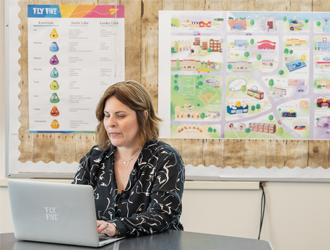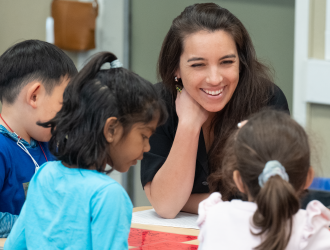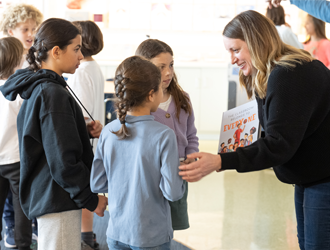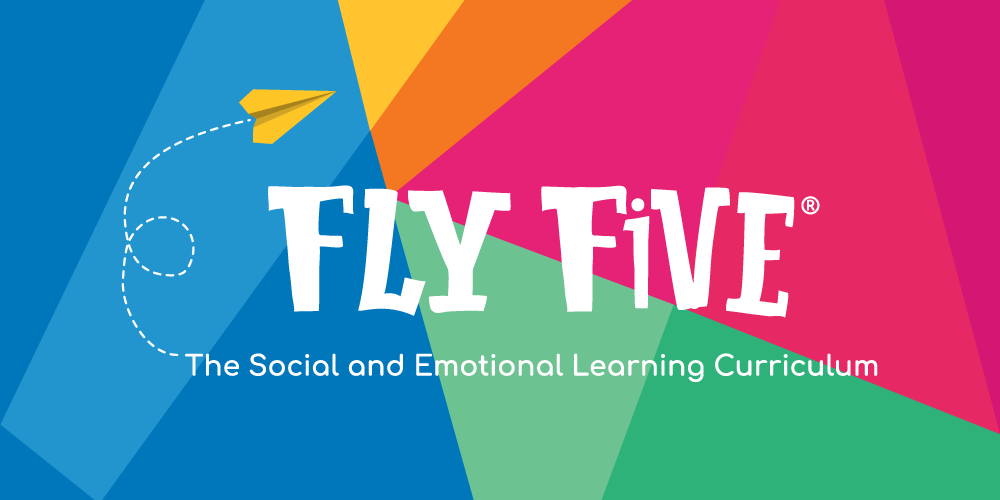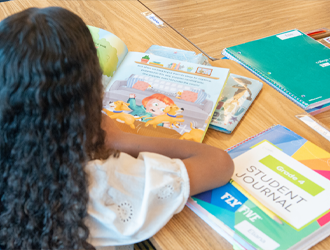How Feelings of Belonging Impact Self-Efficacy
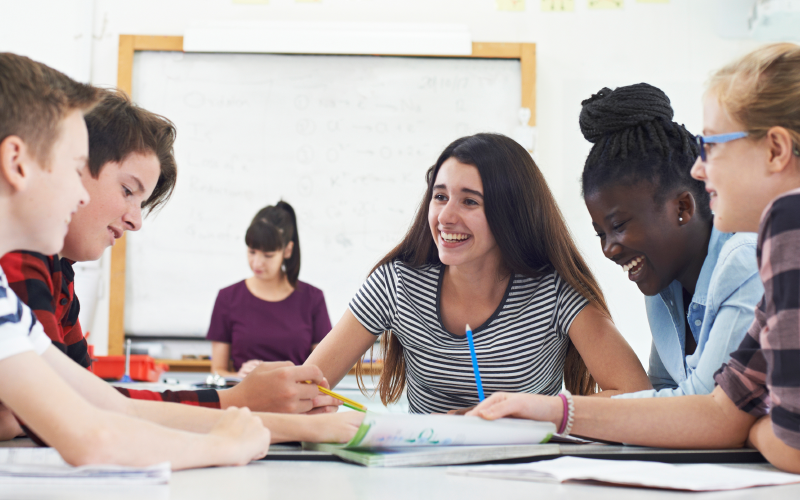
Self-efficacy creates resilient students who know what they’re capable of. They are more likely to bounce back in difficult situations—and trust that making mistakes is a part of learning. When students are provided a supportive learning environment that fosters feelings of belonging, they are more likely to take risks and keep trying (Guzman Ingram, 2017). Self-efficacy, or a person’s ability to view themselves and their future capabilities, not only encourages a growth mindset, but also allows learners to set goals and dream of the future. Student belonging and self-efficacy are uniquely tied. Research shows that when students feel like they belong and are valued, their self-efficacy increases (Cherry, 2020). In order for self-efficacy to grow, educators have a responsibility to encourage and foster positive identities in the classroom that enable all students to picture themselves as explorers, leaders, and heroes.
Self-efficacy does not have a destination, but instead, like belonging, is a process. Throughout our lives, we are faced with new challenges, circumstances, and skill sets. We are constantly changing and adapting. Feelings of belonging and self-efficacy are both moving targets that can look and feel different every day. For example, students are more likely to take risks and feel comforted by this growth mindset in a culturally responsive classroom that fosters feelings of belonging (Ross, 2020). Over time, as students are surrounded by positive and inclusive environments where they feel valued, it becomes easier for them to release expectations reflected in others or the media they consume.
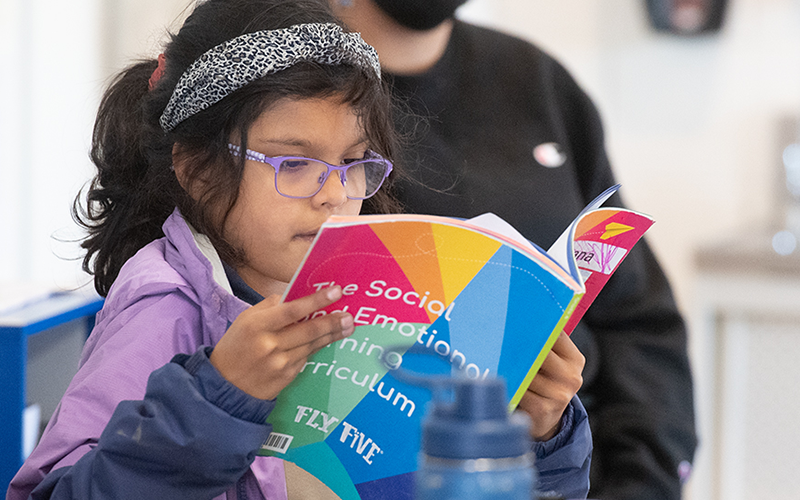
The Winding Road of Self-Efficacy
When students become more comfortable with gaining social, emotional and academic skills and progressing to the next task, they are more likely to feel confident in their abilities. This is why both developmentally appropriate curriculums and culturally responsive classrooms are so important. Through culturally responsive and developmentally appropriate teaching, educators can nurture the whole child and provide them with models for self-regulation, emotional regulation, assertive communication, and empathic imagination (Kozleski, 2010).This also creates a supportive and positive environment where feelings of belonging are fostered and students can be persuaded that they have the skills they need to succeed (Cherry, 2020). If teachers are able to track and provide high expectations of student progress, it becomes easier for students to think, “Look what I can do now!” versus “When will this end?” (Harvard, 2018).
Fostering a culture of belonging is supported by honoring students’ individual identities. It’s important to consider the role that identity plays within self-efficacy. Past achievements or challenges and social messaging can impact how learners feel about themselves and their goals in class. This also applies to feelings of belonging—if students’ identities are ignored or underappreciated, school success and self-assurance will decrease (Cohn-Vargas & Steele, 2015). When educators focus on creating a classroom that fosters feelings of belonging, students are more likely to feel safe and valued, regardless of cultural or socioeconomic background—paving the way for each student to reach their maximum potential (Kozleski, 2010).
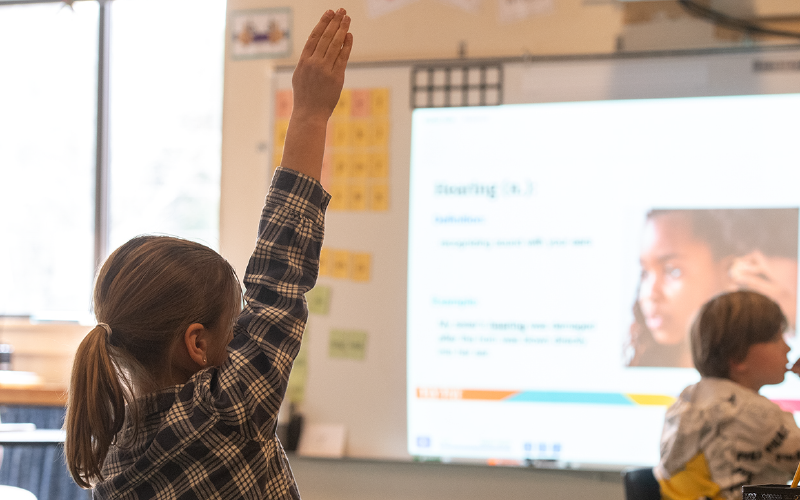
References
Cherry, K. (2020, September 7). Self efficacy and why believing in yourself matters. Verywell Mind. https://www.verywellmind.com/what-is-self-efficacy-2795954
Cohn-Vargas, B., & Steele, D. M. (2015, October 21). Creating an identity-safe classroom. Edutopia. https://www.edutopia.org/blog/creating-an-identity-safe-classroom-becki-cohn-vargas-dorothy-steele
Guzman Ingram, L. (2017, September 14). A classroom full of risk takers. Edutopia. https://www.edutopia.org/article/classroom-full-risk-takers
Harvard Graduate School of Education. (2018, September 21). Building a culture of self-efficacy. Usable Knowledge. https://www.gse.harvard.edu/news/uk/18/09/building-culture-self-efficacy
Kozleski, E. B. (2010). Culturally Responsive Teaching Matters!. The Equity Alliance at Arizona State University. https://files.eric.ed.gov/fulltext/ED520957.pdf
Ross, D. (2020, February 11). Strategies for cultivating a classroom that represents students. Responsive Classroom. https://www.responsiveclassroom.org/strategies-for-cultivating-a-classroom-that-represents-students/



